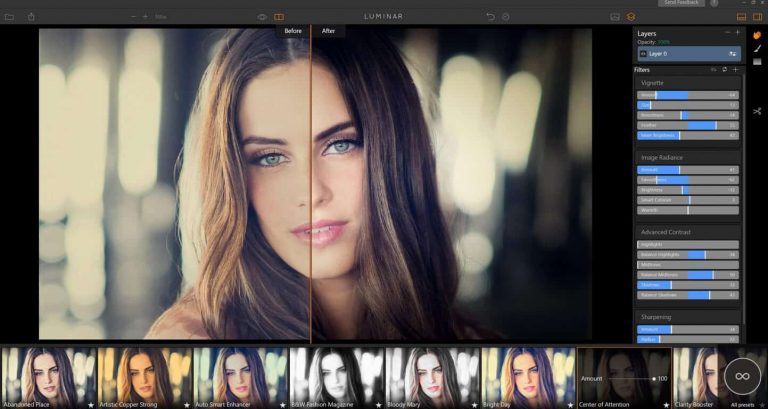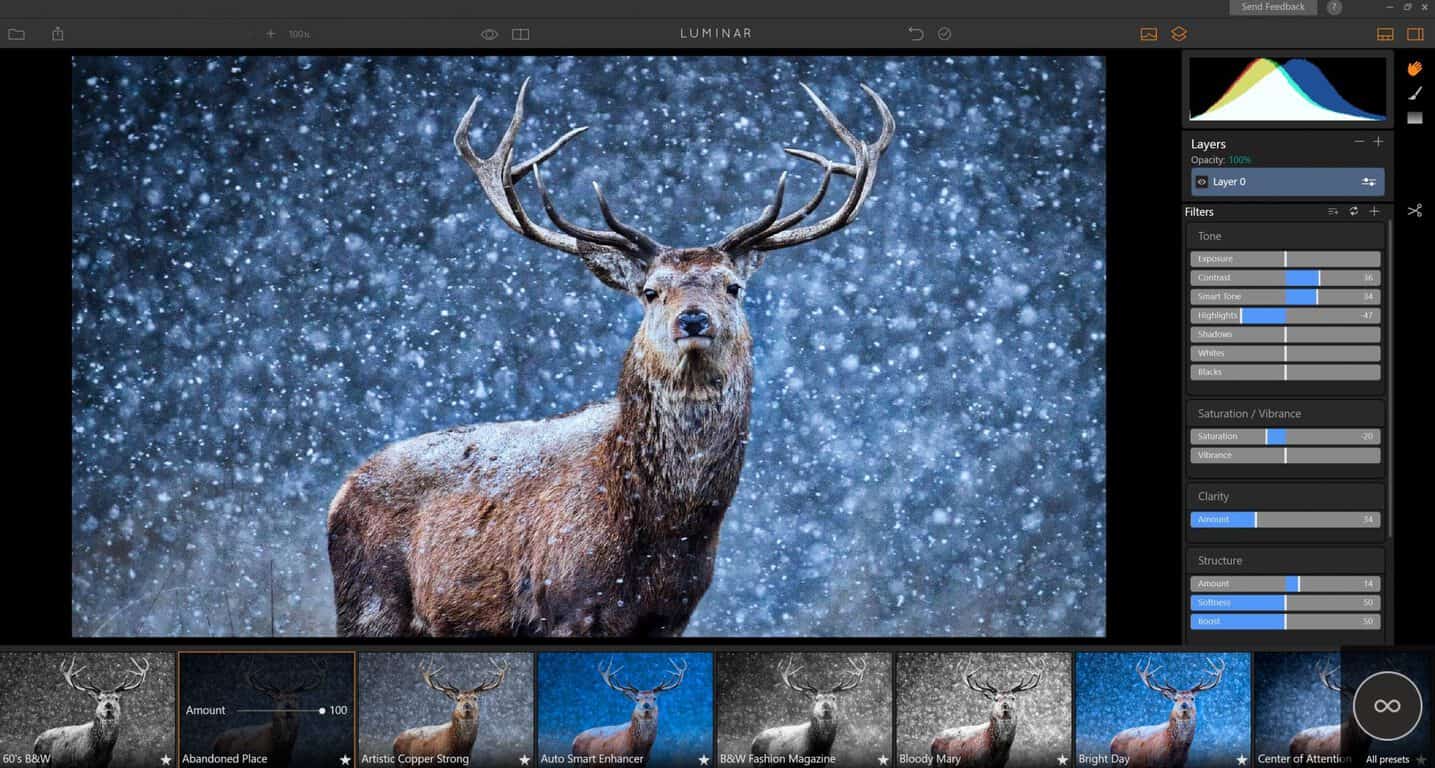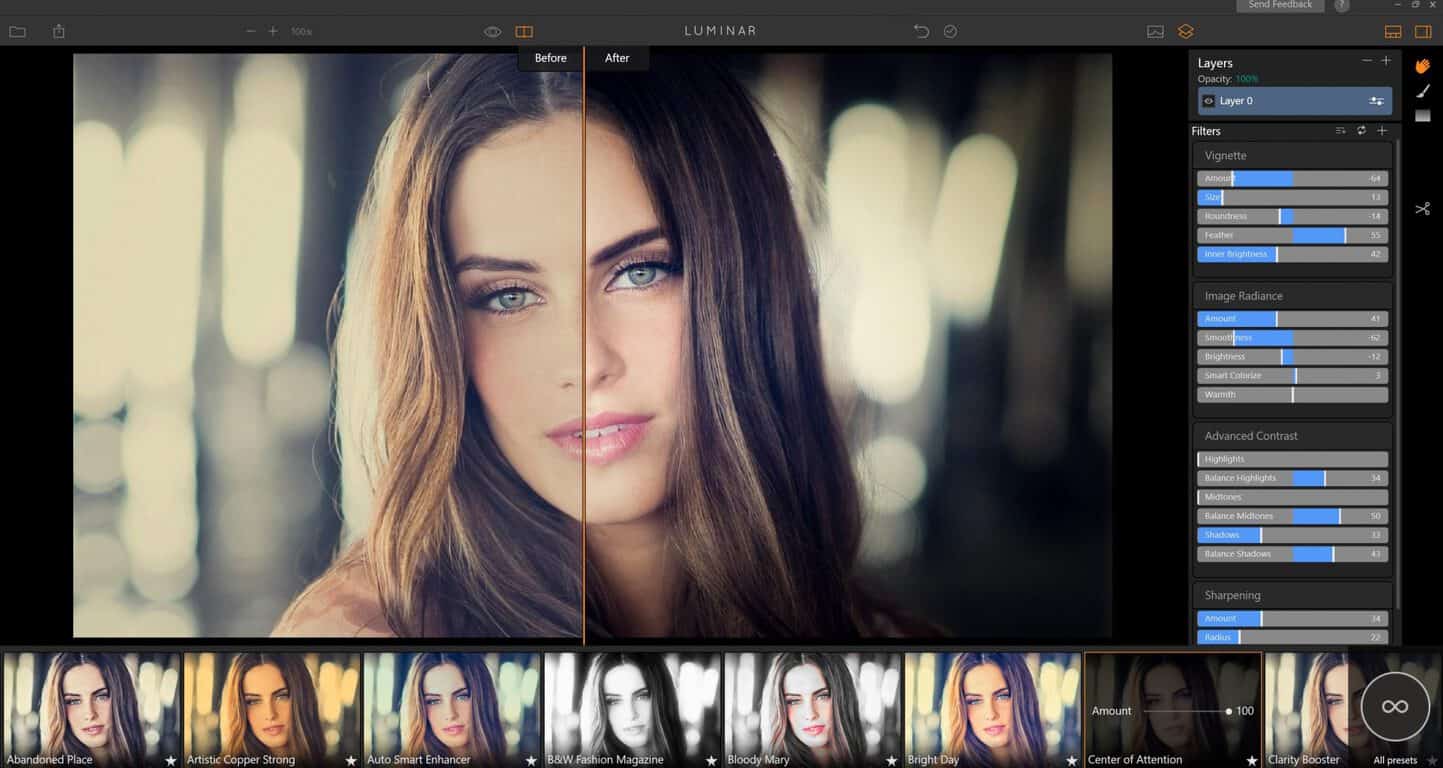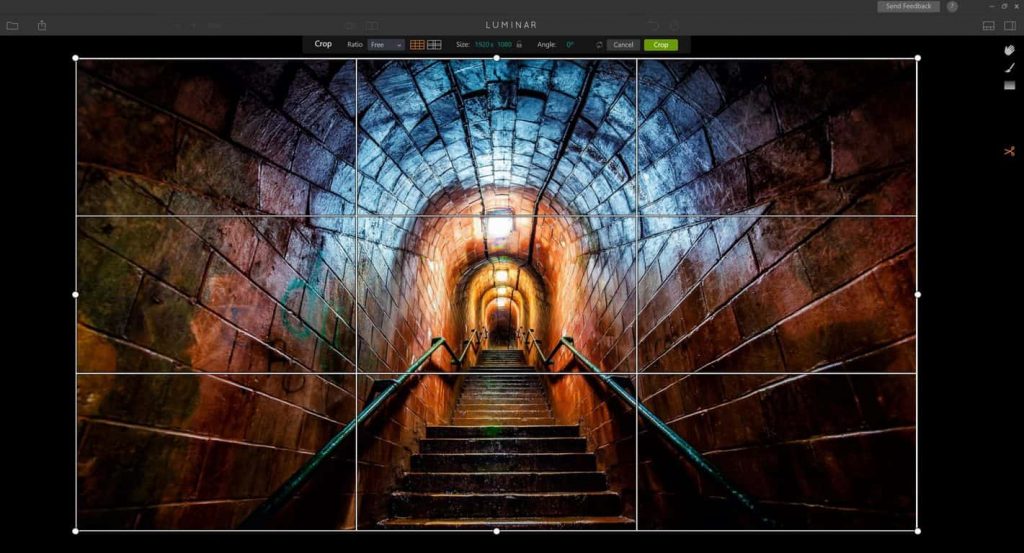There has been a narrative floating throughout the tech industry that posits a growing number of frustrated Mac owners are now becoming Windows 10 bi-curious explorers. Whether or not that narrative bears any truth will be left to the number crunchers of each respective company.
However, on a more realistic and substantive matter, there have been a number of Mac-first creative software suites making their way to Windows via x86 and Windows Store development. The increasing development of Mac-only software converting to Windows could be an indicator that either developers want a bigger audience to market to, or that previous Mac owners are looking to bring their application experiences to Windows out of comfort and familiarity.
The latest in a growing trend of Mac software converts is Luminar. Luminar is a photo editing application for Mac OSX devices that offers Lightroom-esque alterations to images, and it’s now being developed for Windows.
Luminar is currently in beta but being developed for Windows operating systems 7 and up, and it matches most of the important features from its Mac OSX counterpart.
- The software has an adaptable user interface which will be fitting according to the photographer’s abilities and preferences.
- It also integrates over 50 predefined styles in this beta version that can be used for free by any user.
- You also get more than 30 photo filters.
- You can also convert RAW files with support for the latest libraries.
Perhaps Luminar’s most selling feature is its Accent AI filters which are powered by artificial intelligence and come with the beta version. The filter technology not only enhances a multitude of image traits but also gives amateur photo editors a break down of how and what is being tweaked in a side panel view.
With a single selection and an intuitive slider design, aspects such as contrast, tone, saturation, brightness and more can be adjusted.
What’s not included in the beta, however, are some of the exporting features found on the Mac counterpart such as plug-in integration. However, the developers plan to have most of the features come through with regular Windows updates before the full release later this year.
In my brief stint using Luminar, I found it a pretty solid experience for image editors looking for a Lightroom replacement.
While I was using a 4GM RAM powered device, the application ran rather smoothly. The suggested system specs for Luminar include:
- Windows 10
- Core i5 2.2 Ghz or better
- 8GB of RAM
- 1GB of GPU RAM
- Hard Drive with 20+GB free space.
Despite testing this on a 4GB RAM device, my experience was still rather impressive.
Similar to the Windows version of Affinity Photo, Luminar is offering a free beta for now and the developers plan to have a full software release in the Fall of 2017. For those interested, you can snag a copy of the beta here to try out.







